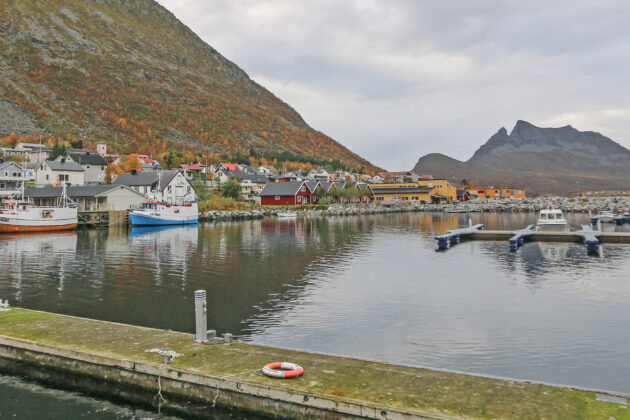Conducting research on measures for integrated coastal zone governance

"Municipal coastal planners are being subjected to a lot of criticism for failing to take everyone’s interests into account, although they do an important and good job," says senior researcher Ingrid Kvalvik at Nofima. Researchers are now going to investigate how coastal managers can do an even better job.
Kvalvik is the Project Manager of a new research project entitled FAIRCoast which will run for four years with funding from the Research Council of Norway.
The background for the project is the extremely complex issues that the planners will be facing as they make decisions about the use, and non-use of our coastal areas. The municipalities are drawing up coastal zone plans, while several sectoral authorities are responsible for considering different interests, e.g. fishing, fish farming, marine traffic, environmental protection and leisure activities. Some of these interests are important in a national context, such as spawning grounds and wild salmon areas, while others are local in nature, such as access to recreational fishing and leisure areas.
When planning for new activities in the coastal zone, the challenge is to take into consideration all relevant interests and concerns and make trade-off decisions. To be able to do this, the planners are dependent on having adequate information and good assessment methods. This forms the basis of the concept of integrated coastal zone governance.
Studying the options
The concept of integrated governance is a key feature of Norwegian governance in general.
“The ability to cooperate is also important for achieving integrated planning. But how we cooperate, who we cooperate with and what we cooperate on will affect the integrated outcome,” says Kvalvik.
“For example, the way in which municipalities decide to undertake area planning affects the level and type of integration. A municipality could draw up a plan for its coastal zones in isolation, or one for the coast, shoreline and land area in combination to promote integration of the area planning in the municipality. If the municipality cooperates with other municipalities on creating a joint coastal zone plan, through so-called inter-municipal planning, then it would be possible to consider a larger coastal area and thus achieve more integrated coastal governance.”
Analysing measures
“There are many excellent initiatives in Norwegian coastal governance. Both local government and the sectoral authorities are introducing measures designed to coordinate and contribute towards achieving more integrated governance. We will be analysing some of these and identifying both successful measures and improvement options,” says Kvalvik.
The researchers will be investigating and considering the importance of three types of measures for achieving more integrated governance.
- Type of plan: what is the significance of integrating different geographical areas in a plan, such as inter-municipal plans for a larger area or a regional plan, or coordinating coastal and land plans into one and the same plan?
- Coordinating sectoral authorities: what are the benefits of coordinating sectoral authorities, e.g. coordinating objections from the county governor’s office in planning cases, or the county authorities’ FAKS aquaculture network?
- Impact assessments: how do these serve as tools for ensuring integrated governance?
The researchers will base their analyses on comprehensive documents and interviews with local government and sectoral authority bureaucrats.
International expertise
The project researchers possess extensive experience on researching coastal zone planning and governance processes. In addition to having three colleagues from Nofima, Senior Researcher Kvalvik is also being joined by researchers from NTNU Social Research, UiT – The Arctic University of Norway, The University of Ottawa in Canada and Queens University Belfast in Northern Ireland. Nofima researcher Patrick Sørdahl will undertake his doctorate as part of the project.
The project was implemented in May 2019 at Nofima in Tromsø, and the final results will become available in 2022.

Contact person
Research areas
Societal impact
Topics
Coastal management
